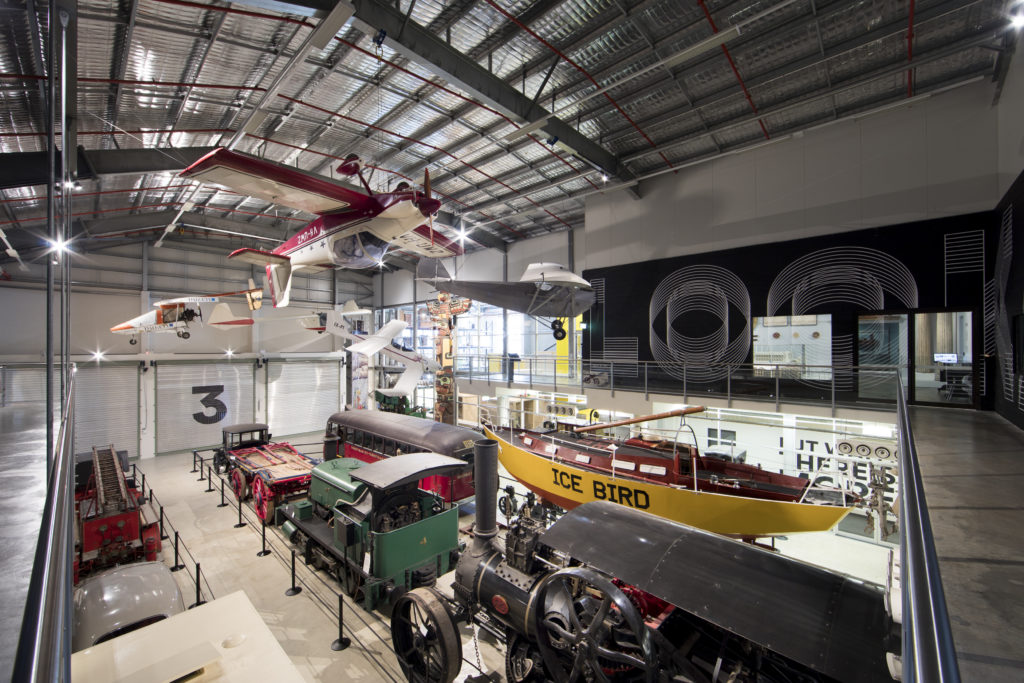
The MAAS collection contains an estimated 500 000 objects. These objects are routinely moved around the Museum as they are taken on and off display, undergo conservation work, are photographed for publications, or even loaned to other museums and institutions across Australia and internationally.
Only about 3-5% of our collection is actually on display at any one time. The remainder is kept safely in our climate-controlled storage facilities – the Harwood Basement store at our Ultimo site and the Museums Discovery Centre at Castle Hill (which is shared with the Australian Museum and Sydney Living Museums). Objects may be moved between these facilities as well, depending on which provides the best storage conditions for that item.
So with half a million objects to care for, how on Earth do we keep track of everything?
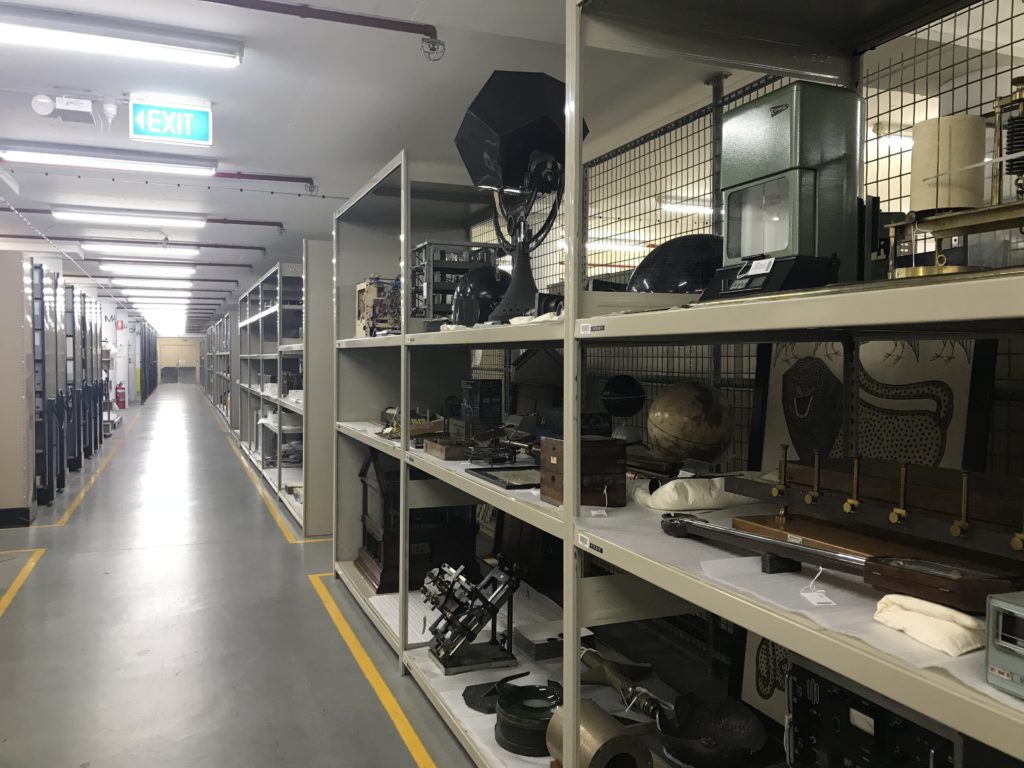
Take a number
We all know what it’s like to put down our keys or phone and forget where you left them. But do that in a museum store and you might never see the object again.
To help keep track of everything we use registration numbers. When an object is first acquired into the collection, it is assigned a registration number. Next, one of our wonderful registrars carefully ‘catalogues’ the object. This includes identifying all the separate parts, giving each its own part number, and recording all of this information in the Museum’s database (EMu – the Electronic Museum).
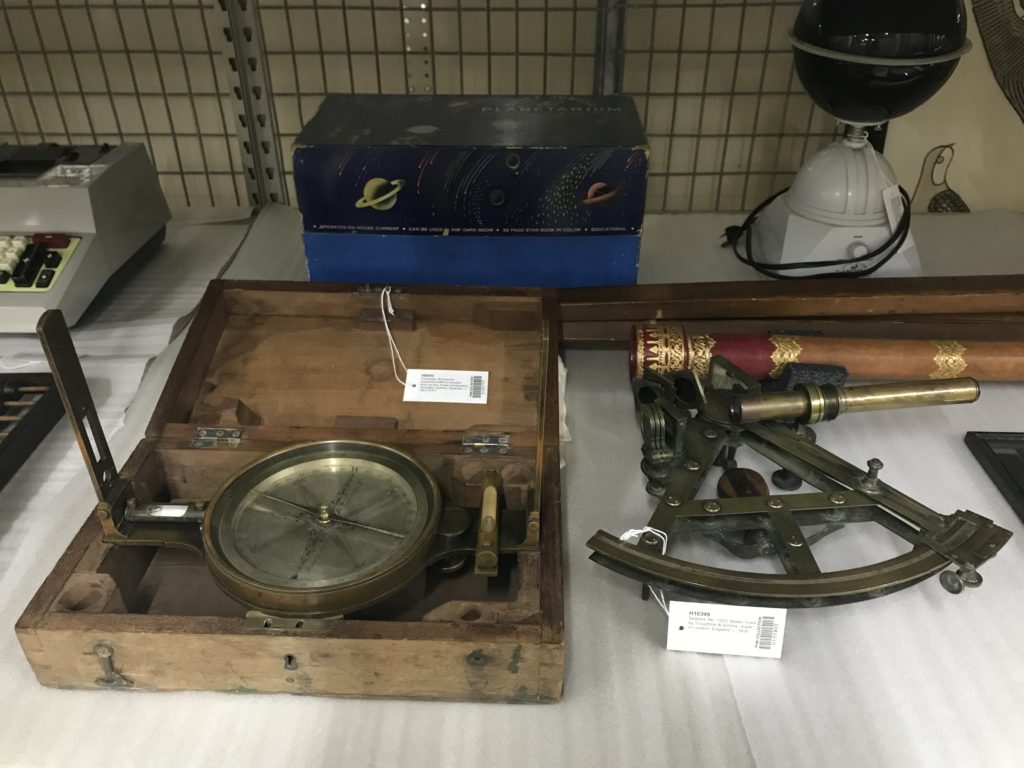
The object is given a tag labelled with its registration number, and each part is physically numbered (using a variety of conservation-approved methods) so that it can always be identified. This is important as the tags are generally removed while an object is on display, and object parts are not always kept together (for example, the packaging of an object might remain in storage while its contents are displayed in an exhibition).
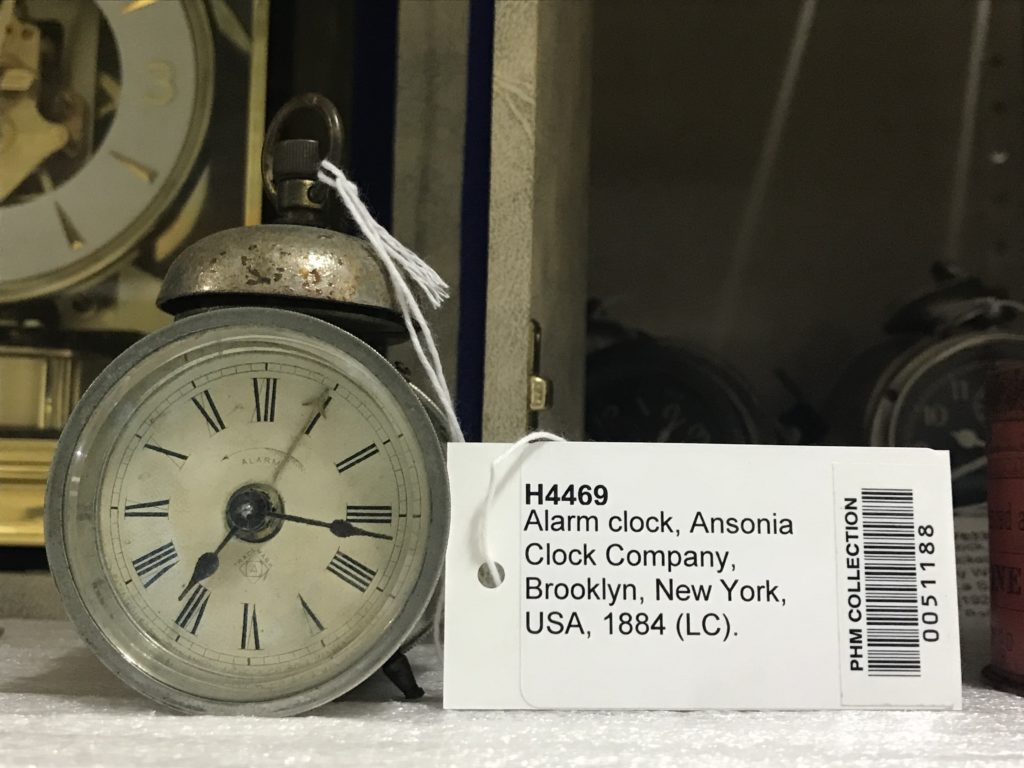
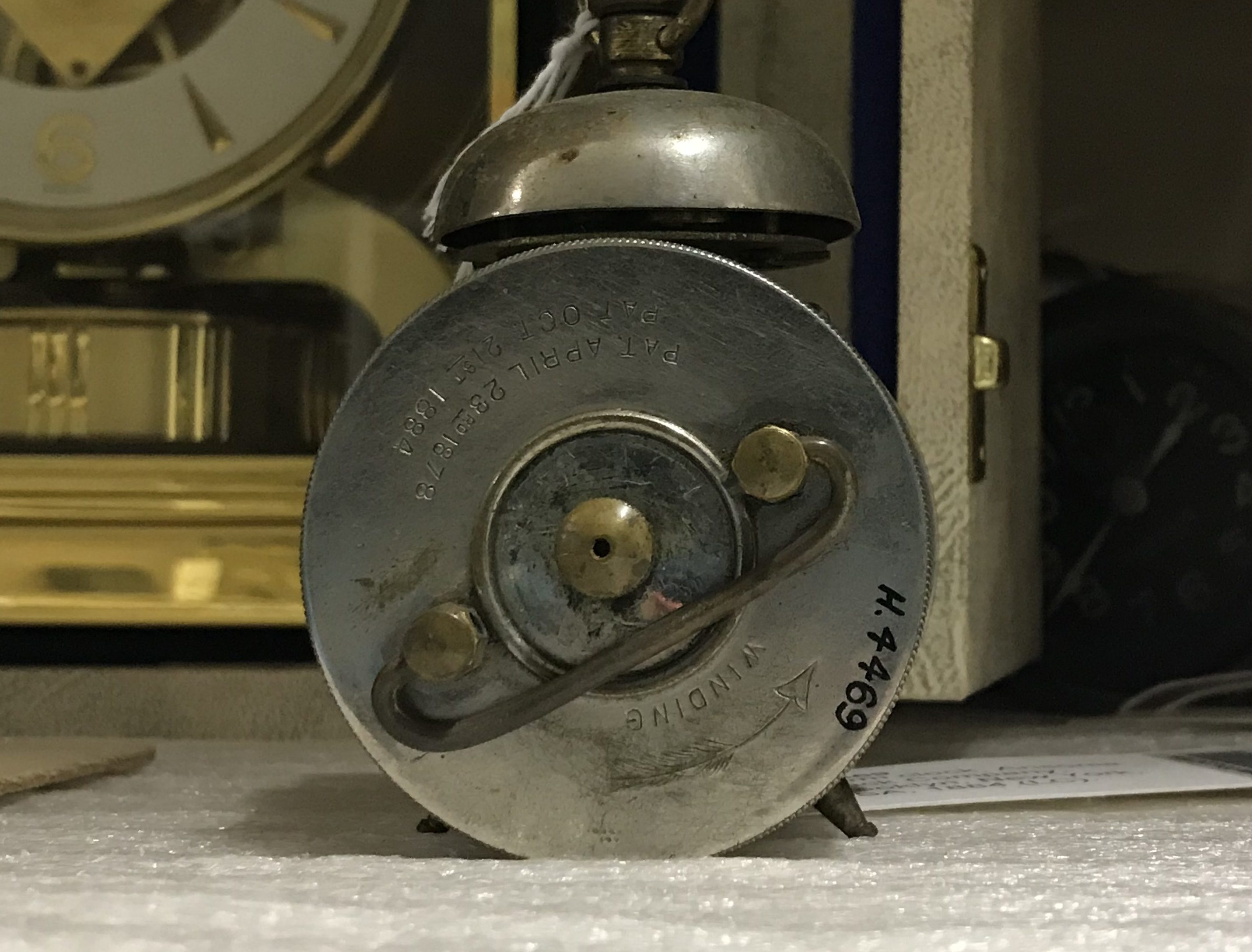 Discreet physical numbering on one of the clocks in our collection. Image: Sarah Reeves,
Museum of Applied Arts and Sciences.
Discreet physical numbering on one of the clocks in our collection. Image: Sarah Reeves,
Museum of Applied Arts and Sciences.
Location, location, location
Registration numbers and physical numbering help us to identify objects and keep track of all their parts. But equally important are the location codes assigned to different places in the museum. Every location where an object might be – each shelf or table in the basement, different workspaces in the conservation labs, and the numerous showcases throughout the museum floor have their own unique location code.
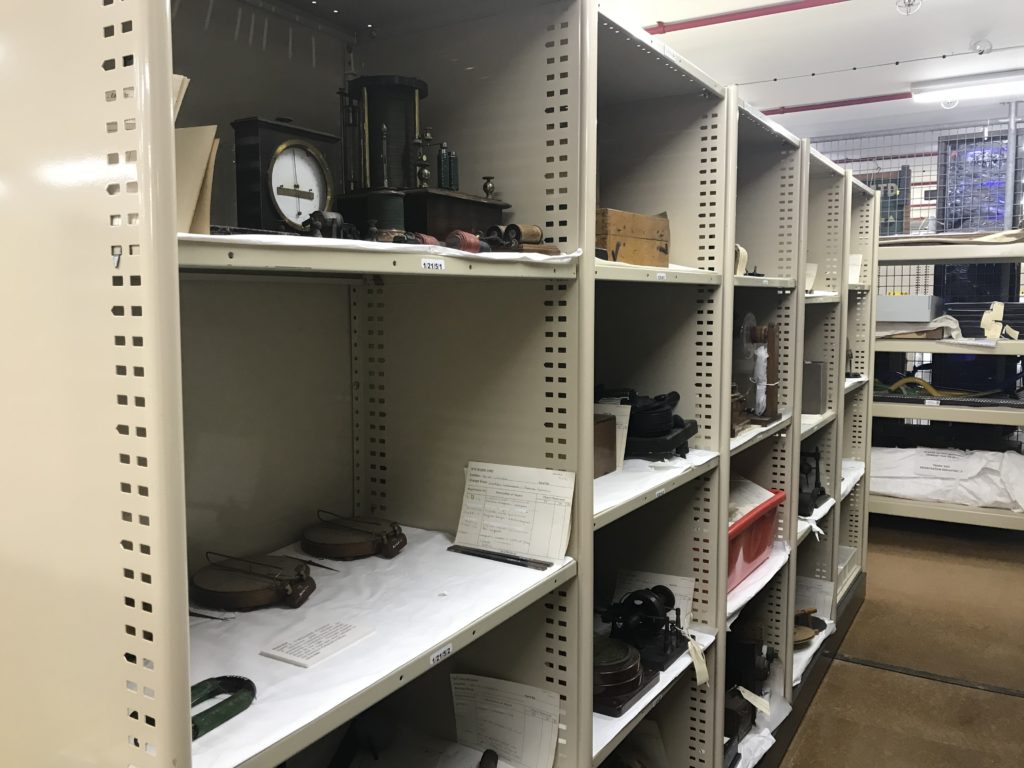
When we move an object, we don’t simply pick it up and move it: a request is submitted, and the subsequent movement is logged in our database and the location code for the object updated. When objects go out on loan, these details are recorded too.
Even with these procedures in place, any staff handling the objects must be very careful and disciplined. Simply placing an object on a nearby shelf while you access something behind it could result in the item being misplaced – if you forget to return it, the next person that comes looking won’t find it where it should be, and it could be weeks or months before it is discovered again amongst the sea of neighbouring objects.
In 2017 alone, 52 496 object movements were safely carried out. More than 3400 objects were installed or removed from display, and 262 new objects were acquired. And while there is much work involved in keeping track of all these activities, it is all a part of caring for our wonderful collection, making it accessible to visitors through new exhibitions, and ensuring that we preserve it for future generations.
Written by Sarah Reeves, Assistant Curator, with thanks to Alison Brennan, Nicole Balmer, Karen Biddle, Mandy Crook and the rest of the Registration team.
Work in the Collections Store in 2017. Video: Ryan Hernandez, Museum of Applied Arts and Sciences.
